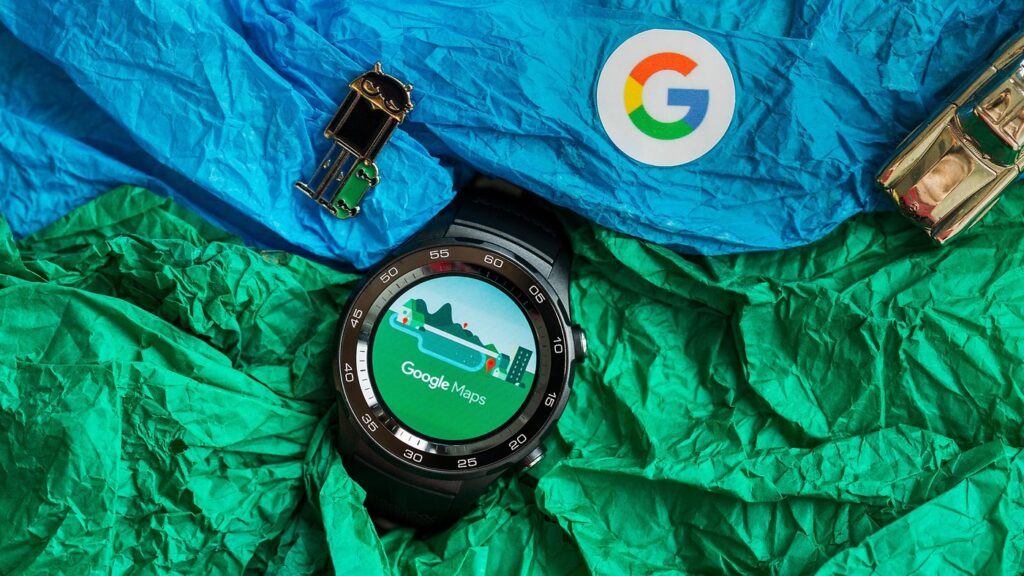The Android team at Google LLC has officially announced the release of Android 15, the latest version of its mobile operating system. The source code for Android 15 is now available through the Android Open Source Project (AOSP) and will soon be accessible on supported devices.

Android 15 has undergone a year-long development process with multiple development and beta phases. It will first be available on supported Pixel devices in the coming weeks, with broader availability for select devices from manufacturers like Samsung, Honor, iQOO, Lenovo, Motorola, Oppo, Sharp, Sony, Xiaomi, and others expected in the following months.
In addition to Android 15, Google has also introduced several new features for current Android devices. These include AI-powered functionalities, enhanced earthquake alerts, Wear OS offline maps, and more.
The AOSP, which is led by Google, allows the company to share the Android operating system’s source code with the community. This enables developers to create custom variants of the Android OS, port devices and accessories to the platform, and ensure that devices meet compatibility standards while maintaining high production quality.
With the release of Android 15, Google has made several improvements, including enhanced typography for better support of languages like Chinese and Japanese, improved camera and media experiences, and strengthened user security. The update provides access to a broader range of font families, making it easier for developers to display characters from various languages. Camera controls have been enhanced with better low-light performance and advanced flash strength adjustments.
Users will also benefit from improved privacy controls, such as a private space feature that protects sensitive apps and data, and enhanced detection of screen recordings. The new OS supports sign-in using passkeys with a single tap, reducing the need for passwords. For users who still rely on traditional sign-in methods, the OS includes an integrated password manager for autofilling sign-in information.
Google is also rolling out new features to current Android devices, powered by the company’s Gemini AI model. These updates include improved accessibility features, such as detailed audio descriptions generated by the TalkBack screen reader, designed for users who are blind or have low vision. The new AI-powered feature will describe what’s on the screen, whether it’s online product images, photos in the camera roll, or images shared via text messages and social media.
The Circle to Search feature allows users to identify songs playing nearby or within apps without leaving the app they are using. By long-pressing the Home button or navigation bar, users can activate music identification, which will then display the song name, artist, and links to YouTube videos without interrupting their current activity.
Additionally, users can now listen to web pages in Chrome on their mobile devices. This feature is designed for those who prefer to hear the content rather than read it, with options to customize the voice, listening speed, and language.

For smartwatch users, Google is introducing offline maps on Wear OS. Users can download maps to their phones and access them directly from their watches, even when their phone is not available. This feature is particularly useful for those who frequently forget to charge their phones or need to navigate without a phone. Google has also added new shortcuts to Google Maps, allowing users to search for destinations using voice commands or view their surroundings with a tap on the watch face.
Finally, Google is expanding its earthquake safety feature to all U.S. states and six territories. The system, which uses crowdsourced data from Android devices to detect earthquakes, will now alert users seconds before a quake begins, providing crucial early warnings and safety information. The Android Earthquake Alerts System is already operational in 97 other countries, offering two types of alerts based on the severity of the quake: “Be Aware” for light shaking and “Take Action” for moderate to extreme shaking.

